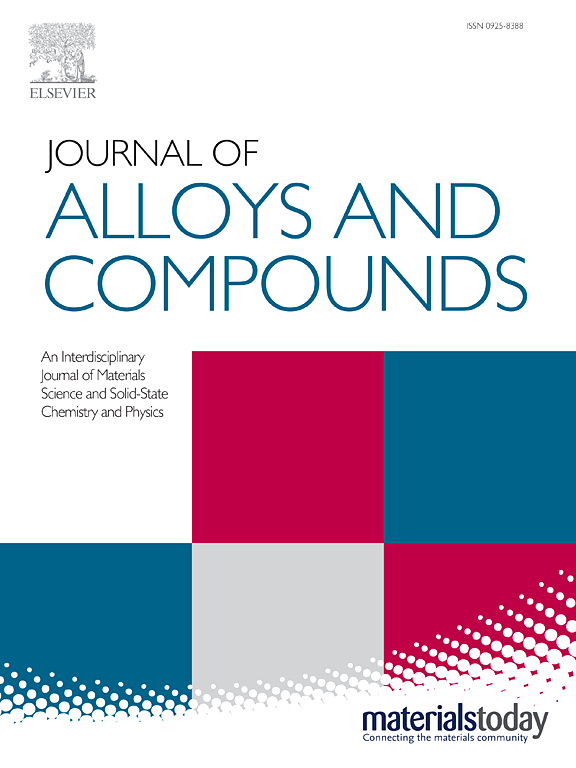Orientation-dependent shear mechanical responses and failure mechanisms of AA6061
IF 5.8
2区 材料科学
Q2 CHEMISTRY, PHYSICAL
引用次数: 0
Abstract
The orientation-dependent shear responses were investigated in present paper through the combinations of mechanical test, digital image correlation (DIC) technique, and morphology characterizations. Results demonstrate that material orientation has a negligible effect on the elastic behavior of AA6061-T6 under shear loading, but significantly influences its inelastic behavior, including initial yielding, hardening, and fracture. Specifically, the 45°-oriented shear specimen exhibits the lowest yield strength (136.8 MPa), highest hardening modulus (48.49 MPa), and largest fracture strain (0.288). These differences primarily originate from the material's initial texture. Correspondingly, the fracture characteristics reveal that the 45°-oriented specimen possesses the largest dimple size with an aspect ratio of 1.55, which is approximately 6.4 % and 5.8 % higher than those of the 0° and 90° shear specimens, respectively. This indicates the most pronounced shear-induced dimple features.
求助全文
约1分钟内获得全文
求助全文
来源期刊

Journal of Alloys and Compounds
工程技术-材料科学:综合
CiteScore
11.10
自引率
14.50%
发文量
5146
审稿时长
67 days
期刊介绍:
The Journal of Alloys and Compounds is intended to serve as an international medium for the publication of work on solid materials comprising compounds as well as alloys. Its great strength lies in the diversity of discipline which it encompasses, drawing together results from materials science, solid-state chemistry and physics.
 求助内容:
求助内容: 应助结果提醒方式:
应助结果提醒方式:


